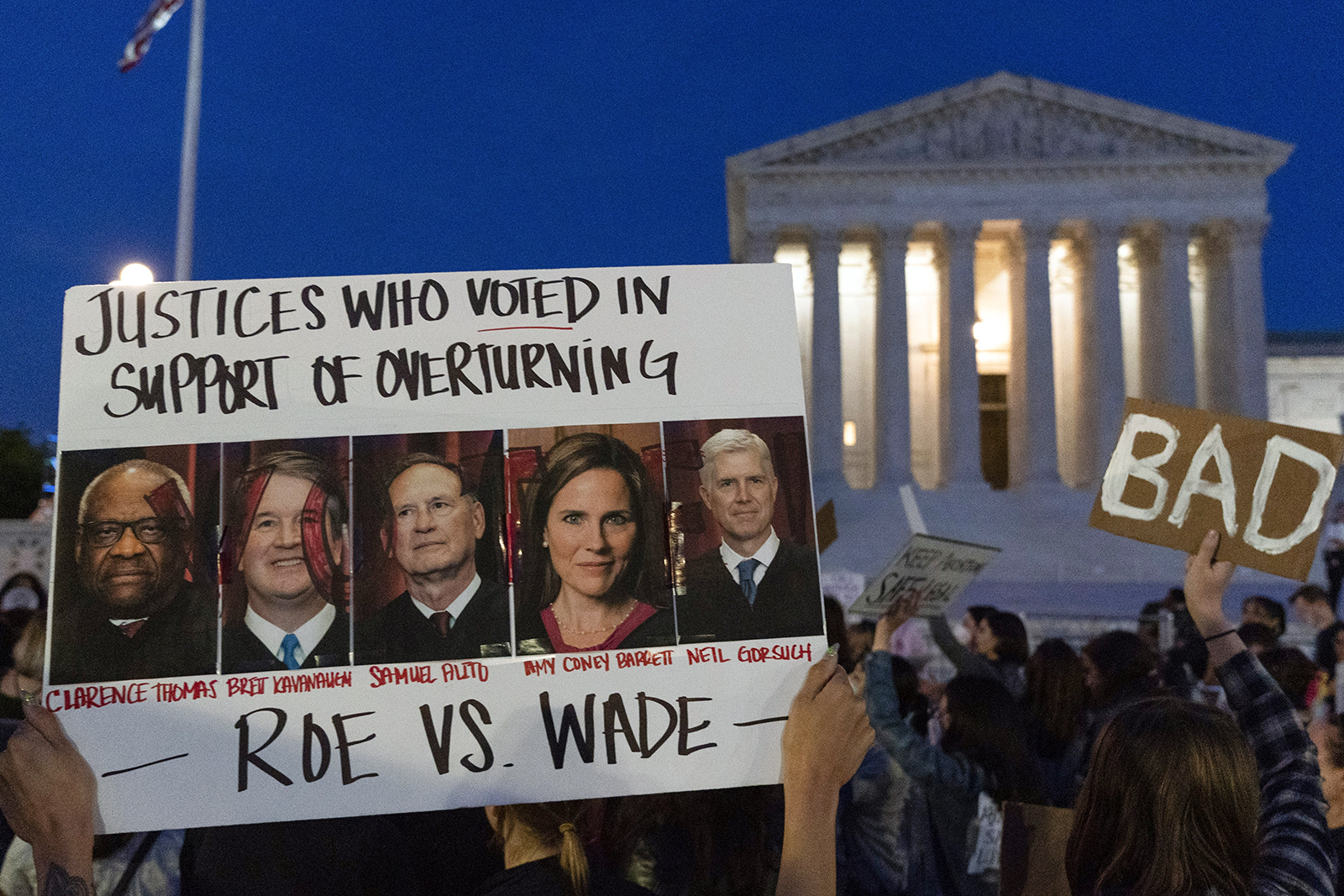
The United States Supreme Court has overturned Roe v. Wade, a decision which had guaranteed the right to abortion in America since 1973, and its holding has thrown a woman’s right to control over her life and body into question. Should we really be trying to turn back time, though?
Now the legality of abortion has been relegated to America’s 50 states, with more than half of them moving to either further regulate or outright ban the procedure.
In the very religious superpower known as America, this ruling is inherently tied to the Christian faith, as many Christians who believe that “life is a gift from God” are applauding the latest ruling. Meanwhile, people are protesting the decision around the country, and many fear that this will only further divide American society.
As Roe v. Wade is partially responsible for the strides women have taken in society and education over the past 50 years, many fear that this recent decision overturning it will roll back these advances. Furthermore, the impoverished will suffer the most, people who can’t afford to travel to another state for an abortion, burdening them further with an unwanted pregnancy and unwanted child.
The apparent politicization of the Supreme Court is also a serious issue. Its justices are handpicked by the president and confirmed by the Senate. Currently, the court is made up of six conservative justices and three liberal justices, and five of the court’s conservatives joined the majority 6-3 decision.
The Supreme Court determines the path that society takes when the court decides issues involving race and same-sex marriage, among others that divide public opinion. Theoretically, those with balanced views and positions that transcend party lines are suitable for nomination to the court. However, requirements for nomination to the Supreme Court justices were relaxed during the Trump administration. Previously, a nominee needed at least 60 votes in the Senate to be confirmed, but with the requirement lowered to 51, the party that controls the Senate can decide on a nomination without the support of the other party. This allowed President Donald Trump to fill three spots with conservative justices.
The Democrats introduced a similar requirement for the lower courts during the Obama administration. Turning judges into pawns on a political chess board like this has become the catalyst for a nightmare.

Leave a Reply
You must be logged in to post a comment.